
TALKING NEW ORLEANS MUSIC

 Young Fellaz Brass Band busking on Frenchmen Street
Young Fellaz Brass Band busking on Frenchmen Street
TALKING NEW ORLEANS MUSIC
Crescent City Musicians Talk about Their Lives, Their Music, and Their City
BURT FEINTUCH  Photographs by GARY SAMSON
Photographs by GARY SAMSON
University Press of Mississippi / Jackson
www.upress.state.ms.us
Designed by Todd Lape
The University Press of Mississippi is a member of the Association of American University Presses.
Copyright 2015 by University Press of Mississippi
All rights reserved
Manufactured in the United States of America
First printing 2015
Library of Congress Cataloging-in-Publication Data
Talking New Orleans music : Crescent City musicians talk about their lives, their music, and their city / [interviews by] Burt Feintuch ; photographs by Gary Samson.
pages cm
Includes index.
ISBN 978-1-4968-0362-7 (cloth : alk. paper) ISBN 978-1-4968-0363-4 (ebook) 1. MusiciansLouisianaNew OrleansInterviews. 2. MusiciansLouisianaNew OrleansBiography. I. Feintuch, Burt, 1949interviewer II. Samson, Gary, photographer.
ML394.T34 2015
780.976335dc232015005224
British Library Cataloging-in-Publication Data available
CONTENTS
Clarinetist, composer, music and culture historian
Leader, Dr. Michael White and the Original Liberty Jazz Band
Eclectic singer
Leader, Charmaine Neville Band
Singer, guitarist, songwriter
Leader, Walter Wolfman Washington and the Roadmasters
Cajun singer, accordionist, composer
Leader, Bruce Daigrepont Cajun Band
Singer
Leader, Irma Thomas and the Professionals
Gospel singer
President and tenor voice, Zion Harmonizers
Singer
Snare drummer
Leader, Original Pinettes Brass Band
and
Tuba player
Original Pinettes Brass Band
Singer, guitarist
Leader, Deacon John and the Ivories
Music producer, vice president for A&R, Rounder Records
TALKING NEW ORLEANS MUSIC
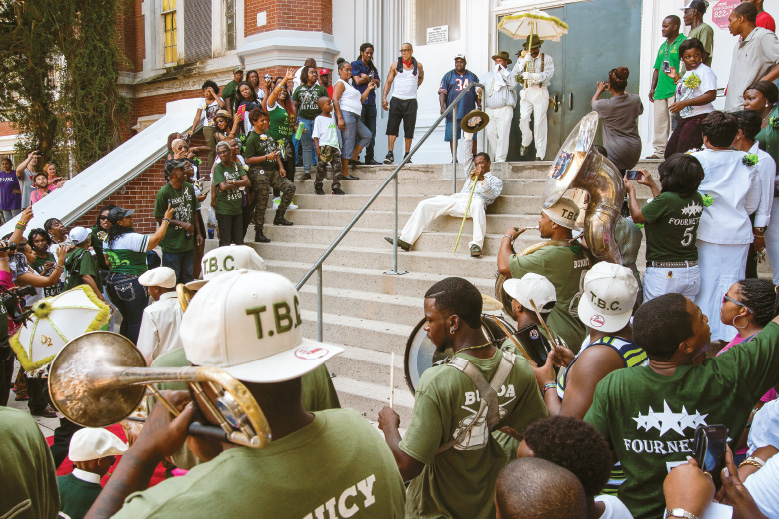
 Coming out the door at the start of a social aid and pleasure club parade
Coming out the door at the start of a social aid and pleasure club parade
INTRODUCTION
music to me is just in me. Its in my soul. Its in my heart. Its in my feet. Its in every fiber of my being. Its in my fingertips. Its in my hair. Its in my spirit. I feel it.
CHARMAINE NEVILLE
Being from New Orleans, youre exposed to the culture. You come up in the culture, with the second-line parades, the Mardi Gras, all that. Youre exposed to that ever since you were a little kid. Your parents bring you to Mardi Gras in your costume, and you see the Mardi Gras Indians, the brass bands, the jazz funerals, and it becomes part of you.
DEACON JOHN MOORE
I grew up knowing my heritage.
BRUCE DAIGREPONT
One more thing I guess I would say about New Orleans. The funk has not gone away.
SCOTT BILLINGTON
The late New Orleans R&B singer Ernie K-Doe, not someone known for understatement, is often quoted as saying Im not sure, but Im almost certain that all music came from New Orleans. K-Does biggest hit, Mother-in-Law, was written and produced by New Orleanss brilliant Allen Toussaint. Toussaint also played piano on that record. They cut it at Cosimo Matassas studio on Governor Nicholls Street, on the edge of the French Quarter. About 250 records originating from that studio charted nationally, nearly all involving musicians from New Orleans. The musicians who played on many of those records pretty much set the beat for decades of American popular music. Deacon John Moore, an interviewee in this book, played guitar on many of those records, including Mother-in-Law.
Released on New Orleansbased Minit Records, Ernie K-Does Mother-in-Law was number 1 in 1961 on both Billboards Hot 100 and R&B charts. In the 1990s, K-Doe began referring to himself as The Emperor of the Universe and took to wearing a cape and crown. He had started costuming much earlier, though. In his youth, he masked as a Mardi Gras Indian, and he must have been familiar with the unique body of music thats part of that tradition.

 The Mother-in-Law Lounge
The Mother-in-Law Lounge
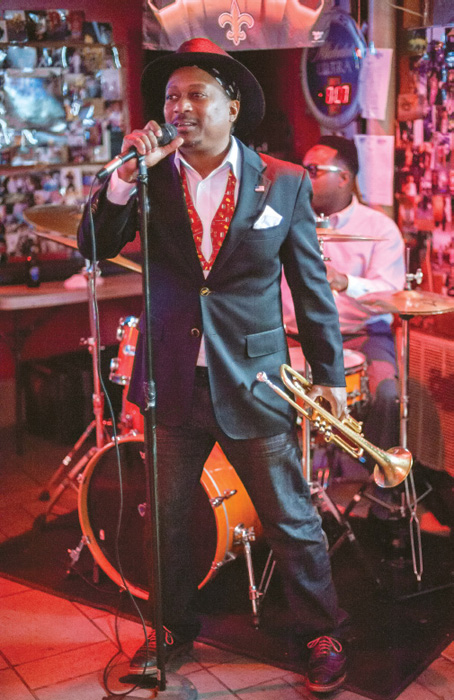
 Trumpeter and vocalist Kermit Ruffins at Bullets Sports Bar, Seventh Ward
Trumpeter and vocalist Kermit Ruffins at Bullets Sports Bar, Seventh Ward
In 1994 K-Doe opened the Ernie K-Doe Mother-in-Law Lounge, on the edge of the Treme, one of New Orleanss many musically rich neighborhoods. He died in 2001. At the wake, his cousin, Walter Wolfman Washington, whose mother had been one of the two women who raised the Emperor, and with whom he had sung gospel music in his youth, performed. So did the Soul Queen of New OrleansIrma Thomasand many others. At the funeral, Sherman Washington, then the leader of the Zion Harmonizers, one of New Orleanss venerable gospel quartets, performed. Deacon John Moore and Allen Toussaint did, too. Walter Washington, Irma Thomas, the aforementioned Deacon John, and the current leader of the Zion Harmonizers, Brazella Briscoe, are all interviewed in this book.
A traditional jazz funeral procession, with an estimated five thousand people, featuring several brass bands and a second line, took K-Doe to St. Louis Cemetery #2, where he was interred near the tombs of many other New Orleans musicians, including jazz musicians Paul Barbarin, Danny Barker, and Louisa Blu Lu Barker and R&B musician Earl King. K-Does wife, Antoinette, operated the Mother-in-Law Lounge after her husbands death; she was often photographed with a lifelike statue or mannequin of K-Doe, which she had commissioned. She also helped revive the baby-doll tradition, dating to 1912, and rooted in parade and costuming traditions originated by black prostitutes in New Orleans. Charmaine Neville, interviewed herein, is a latter-day K-Doe baby doll.
Antoinette is now buried next to Ernie. The Lounge closed in 2010. On the Martin Luther King Jr. holiday in 2014, exuberant trumpeter and vocalist Kermit Ruffins reopened the Mother-in-Law Lounge. The opening-night party included a large figure of Louis Armstrongto whom Ruffins is sometimes likenedrocking to the music of trombonist Glen David Andrews and R&B vocals by James Winfield, a.k.a. the Sleeping Giant.
Heres the point: While all the worlds music surely didnt come from the Crescent City, there is something about New Orleans where art, culture, and everyday life are all of a piece, all tangled up. One musician leads to another; traditions overlap, intertwine, nourish each other; everyone seems to know everyone else. It is an extraordinarily creative and productive musical hotspot. We can, and should, learn from this place.
Most of whats distinctive about music in New Orleans starts on the street. You find it in families and neighborhoods, in social aid and pleasure clubs, in churches, on local radio, in a web of clubs and other venues, at weddings, parties, funerals, worship services, dances, parades, more parties, and even more parades. It is fundamentally part of the New Orleans vernaculara local language of music, part of the common culture of everyday life, a language of variedbut interrelateddialects. And it is tightly woven into the fabric of what is good and successful in a city that has more than its share of difficulty rooted in racism, poverty, violence, corruption, and environmental challenges. Tug on a thread and that leads, seemingly without end, to other musicians, genres, and venues. From the days of early jazz and brass band music through a time when R&B and the city were nearly synonymous, through contemporary brass band music, sissy bounce, and the many other musical forms flourishing today, New Orleans music has been on a roll. Or perhaps I should say that its been on a stroll, given how much it has to do with the citys streets. No matter how you characterize it, the music just seems to keep on happening.
Next page
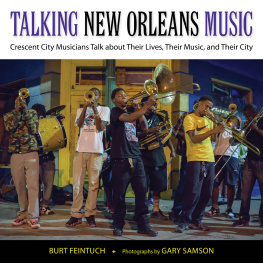


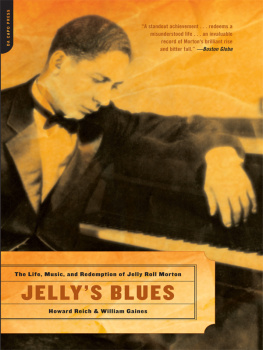

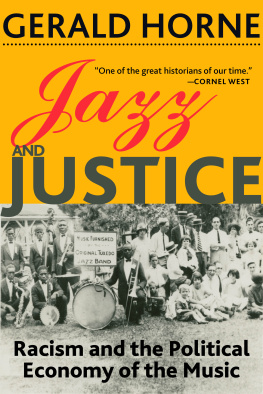


 Young Fellaz Brass Band busking on Frenchmen Street
Young Fellaz Brass Band busking on Frenchmen Street Photographs by GARY SAMSON
Photographs by GARY SAMSON

